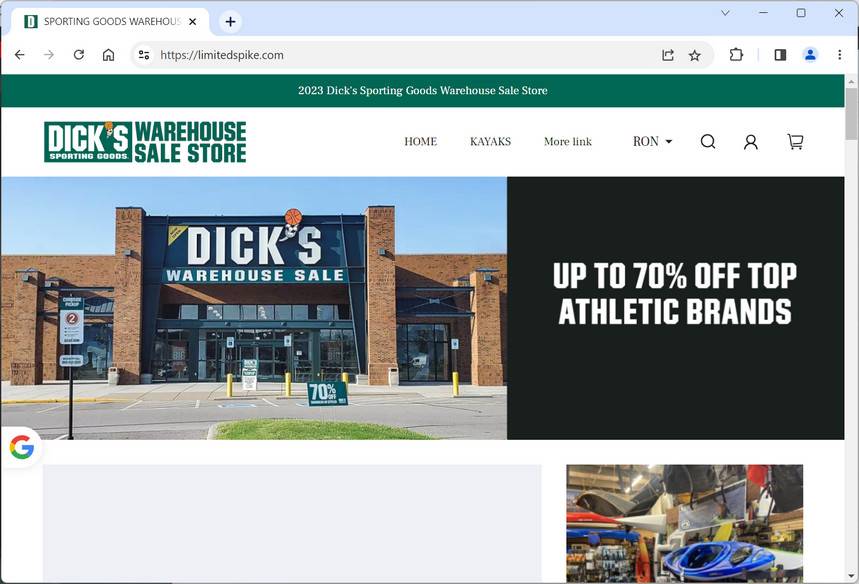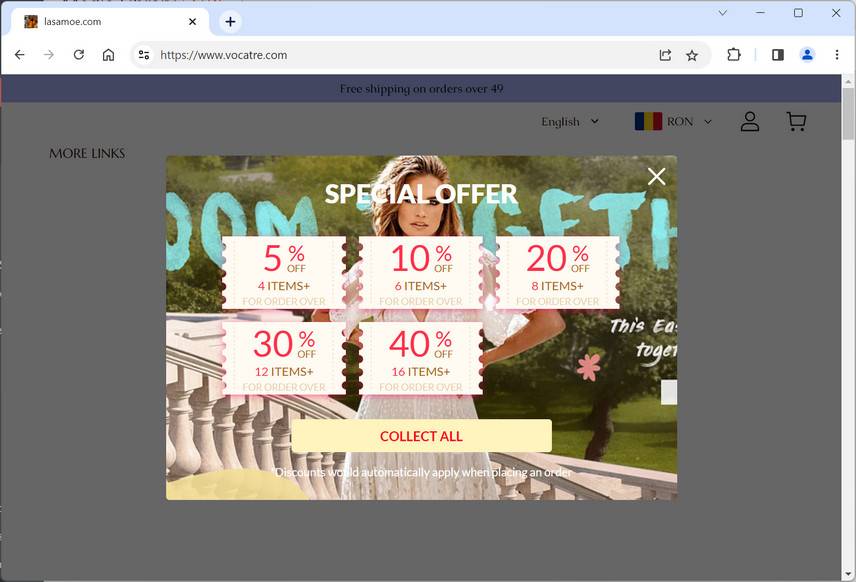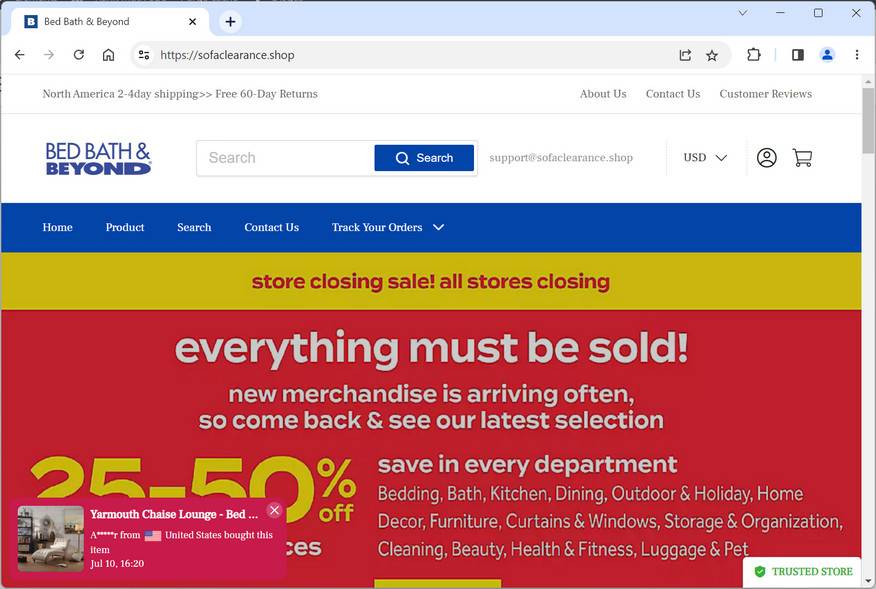Online shopping scams are increasing, often hiding behind fake websites and fraudulent charges. Many have reported being illegally charged by PPP* Coinshare Shop Hong Kong after using scam shopping sites. This article will examine how this scam works and what to do if targeted.
What is PPP* Coinshare Shop Hong Kong?
PPP* Coinshare Shop Hong Kong appears to be a company that enables online shopping scams by processing unauthorized credit card charges on behalf of fake ecommerce websites. PPP* Coinshare Shop Hong Kong has no known legitimate business practices or storefronts.
How Does PPP* Coinshare Shop Hong Kong Operate?
PPP* Coinshare Shop Hong Kong partners with scam shopping websites by providing payment processing services. When victims attempt to buy something from one of these fake stores, their payment information is intercepted and sent to PPP* Coinshare Shop Hong Kong instead of being used for the order.
PPP* Coinshare Shop Hong Kong then charges the victim’s credit card without authorization, often for hundreds of dollars more than the original purchase attempt on the scam website. The victim receives no products, while PPP* Coinshare Shop Hong Kong pockets the fraudulent charges.
PPP* Coinshare Shop Hong Kong Complaints
Many online shoppers have reported seeing large mystery charges from PPP* Coinshare Shop Hong Kong for items they never ordered. The charges range from expensive electronics to clothing and other retail products that are never delivered.
Victims state they only provided payment details on scam websites advertising deals. Their credit cards were then charged separately by PPP* Coinshare Shop Hong Kong without consent for non-existent orders.
What to Do If You Have Fallen Victim
If you discover unauthorized fraudulent charges by PPP* Coinshare Shop Hong Kong on your credit card statement, take action promptly to report the scam and limit damages:
- Immediately contact your credit card provider and dispute the bogus charges as fraudulent. Request they reverse the charges and issue a refund. Provide details on how the charges were made without authorization through a scam website.
- Ask your provider to block and cancel your current card to prevent additional fraudulent charges. Request they rush you a new card number to replace the compromised one. Enable fraud monitoring on your account.
- Closely monitor your statements for further suspicious charges in the next few weeks. Report any new scam charges promptly.
- Change usernames and passwords on any online accounts that may have used the same credentials entered on scam sites to prevent account breaches.
- File a detailed fraud complaint with the Federal Trade Commission regarding the scam shopping website and unauthorized billing by PPP* Coinshare Shop Hong Kong. Provide all available details.
- Submit an Internet Crime Complaint to the FBI’s IC3 unit outlining how the scam worked to enable criminal investigation.
- Consider placing a freeze on your credit reports to block any potential identity theft stemming from payment information theft.
- Research pursuing legal counsel regarding options to recover your lost funds through civil or criminal legal action. Gather evidence.
- Leave online reviews on scam warning sites regarding your experience to alert and protect other potential victims.
Though the damage may be done, reporting the scam activity quickly and thoroughly can potentially help victims recover stolen funds or prevent additional harm. Public awareness is also key to putting an end to this scam.
Conclusion
This scam reveals the need for caution when shopping online, as phishing sites seek to intercept payment information and facilitate financial theft and fraud. But consumers can take steps to recognize deceitful retail sites and fraudulent charges to avoid becoming yet another victim. Reporting these scams is crucial to eventually shutting them down.













